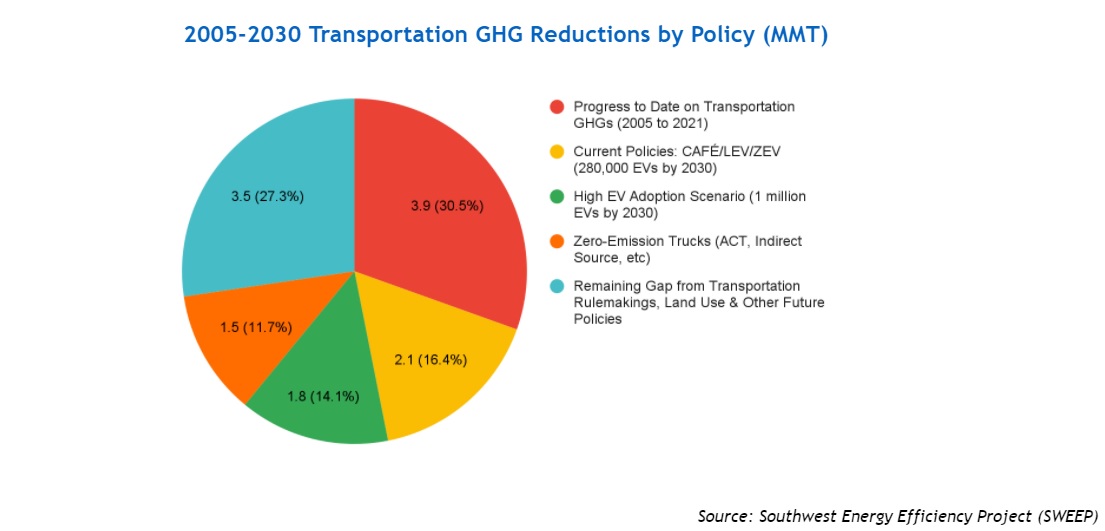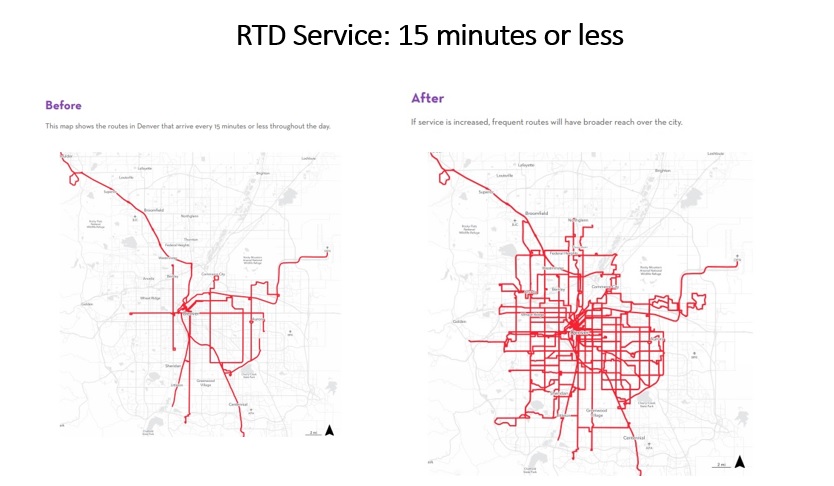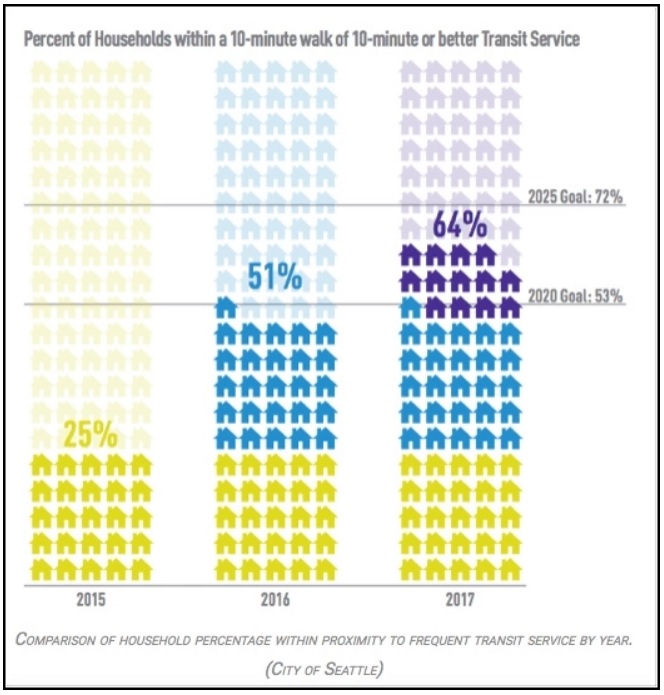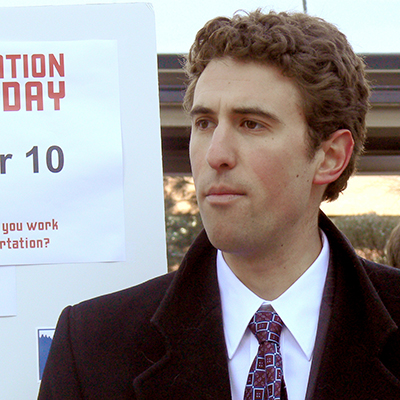
Governor’s budget proposal invests in good strategies to reduce air pollution
Governor Polis’s proposal includes over $250 million for reducing the cost of riding transit, rolling out more e-bikes and electric school buses, replacing dirty diesel trucks, and boosting a program that makes main streets safer and more comfortable for people to walk, bike, roll, ride transit and live their lives. The next big investment we need - increased transit service.
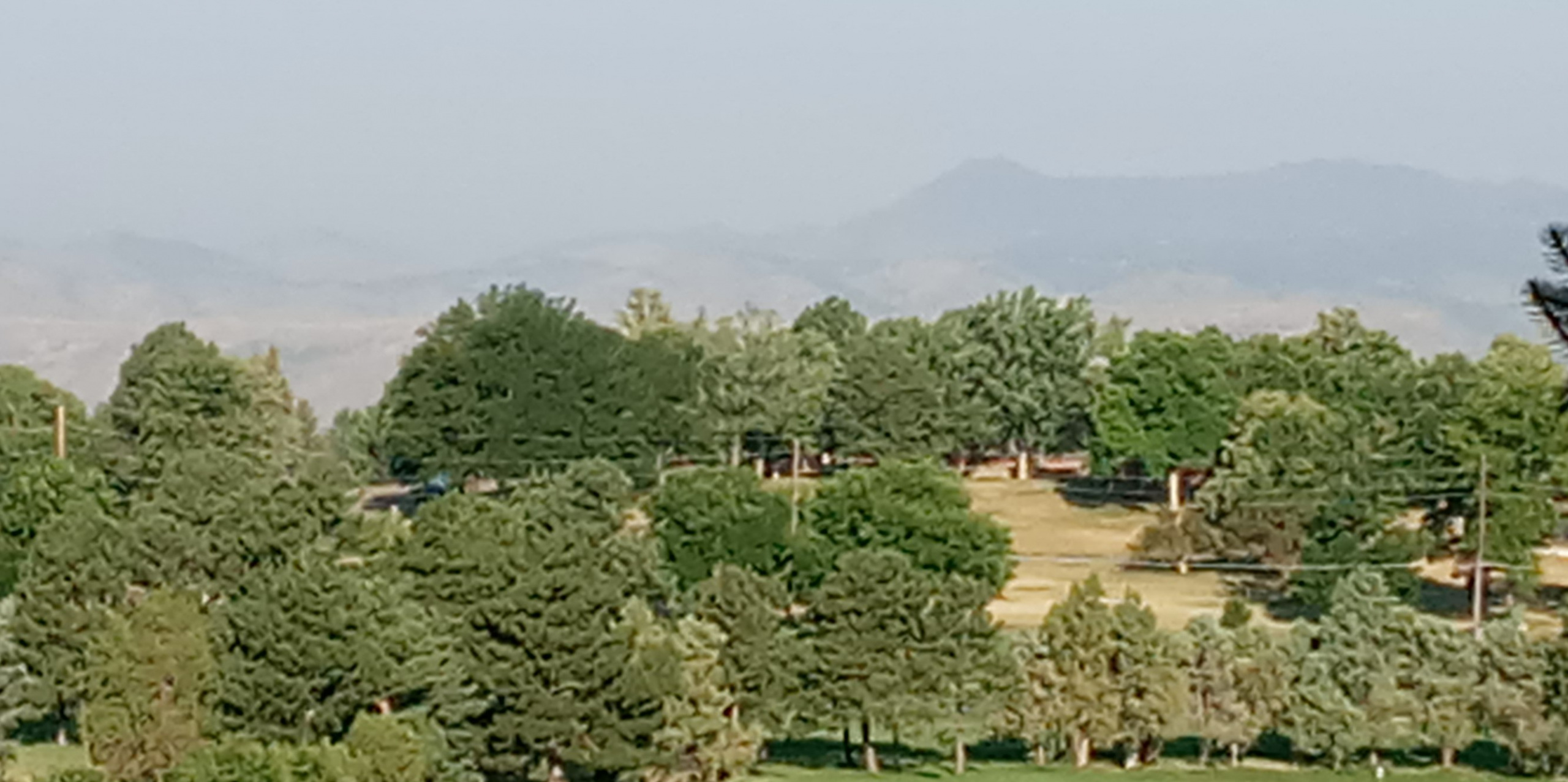
Recently, Governor Polis unveiled his budget proposal that included over $250 million in clean travel option investments to help “meet the moment” around the dangerous air pollution we’ve been experiencing.
He picked some smart categories to invest in at a time when we need to think and invest big to tackle air pollution.
We cannot afford another summer of ozone alerts and missed air quality deadlines like we had last summer. While smoke from more extreme fire seasons fueled by climate change is a factor, we know local sources of ozone pollution, like gas-powered vehicles, are a predominant cause of our air pollution problems.
The good news is that in the transportation sector, solutions that reduce the pollution that fuels ozone days are often solutions that cut greenhouse gas emissions.
The Polis administration has taken critical steps in the last few years to reduce air pollution including adopting the Zero Emission Vehicle (ZEV) and investing dollars in electric vehicle charging infrastructure, which will result in more clean, electric-powered passenger vehicle options for Coloradans.
The Polis administration has also expanded statewide transit options including Bustang, Snowstang, and the soon-to-be-launched Pegasus route along I-70 in the mountains and launched an innovative Main Streets program that is investing in ways to make our main streets more people-friendly.
Despite these steps, this summer’s air pollution made it clear that more needs to be done to meet this moment. A key strategy for tackling our air pollution problem is to significantly expand clean travel options so more Coloradans can complete trips without driving a gas-powered vehicle.
Here’s what’s in Polis’s budget proposal, which will need to pass through the Colorado legislative process in the upcoming 2022 session that begins January:
E-bikes: The proposal includes $12 million to expand access to e-bikes, a solution that replaces trips by car and brings with it additional benefits including much lower transportation costs than owning and operating a passenger car, health benefits from the associated exercise and a much smaller footprint in our urban areas, freeing up limited street space. Nearly 50% of trips in the DRCOG region are less than three miles, a distance that can be covered with an e-bike.
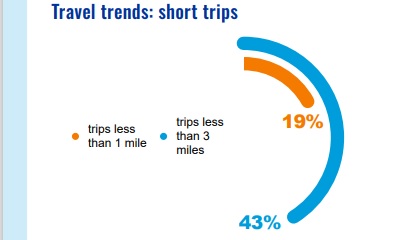
Travel trends short trips – DRCOG 2050 Metro Vision and Transportation Plan
Electric School Buses: I’m thrilled to see $150M to position Colorado as a leader in the transition to electric school buses. This past September we hosted a webinar featuring success stories from the first two electric school buses currently operating in Kremmling and Boulder. While we are excited to see that another 30 electric school buses headed to the state, the funding from the ALT Fuels money is nearly exhausted. This budget proposal provides critical money for school districts that may struggle to fund the up front costs of transitioning to electric buses.
The impact of the $150M will depend on the program details, but CoPIRG estimates it could fund 1,250 buses at 100% of the difference in cost between a traditional diesel bus and new electric bus. This comes on top of the recently passed federal infrastructure bill, which sets aside at least another $2.5B nationally for electric school buses. Based on Colorado’s population, we estimate the federal dollars could fund an additional 119 buses at the full difference in cost.
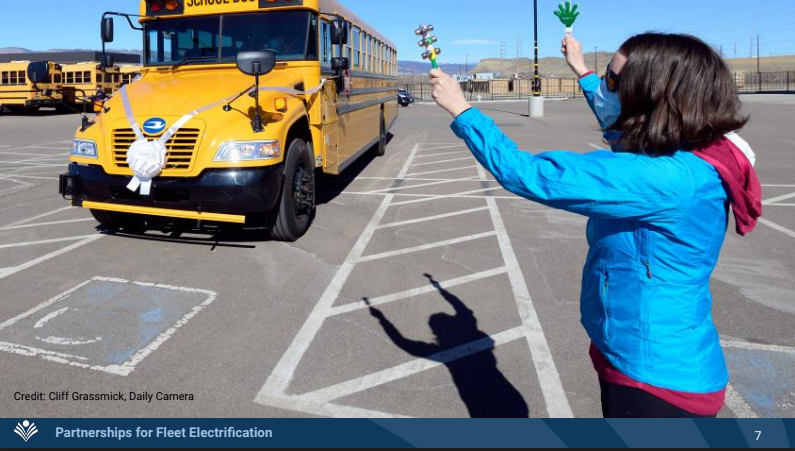
Arrival of the first electric school bus in Boulder – Landon Hilliard, Boulder Valley School District
Clean Trucks: The proposal includes $15M to support low emission trucks through incentivizing the retirement and replacement of older, diesel trucks. Diesel trucks are a major source of particulate and ozone pollution. In the Denver Metro area, MHDVs account for less than 2% of all vehicle miles traveled, but contribute 24% of on-road NOx emissions. I’m excited to learn more about how these dollars will be used to achieve the goal.
Main Streets: Since it was created, I’ve been a huge fan of the Main Streets program in Colorado. In August, we lifted up some of the proposed projects in a series of interviews with local government leaders.
From multi-use paths to bike lanes, sidewalks to safety improvements at intersections, these smaller investments can be life-saving for the hundreds of thousands of people who live on the arterials and main streets that are also state highways and usually locations of a lot of crashes and fatalities (sometimes called the high-injury network).
Another $40 million will allow for dozens of additional improvements that can help tip the balance for people to comfortably walk, bike, roll, and take transit to complete more trips.
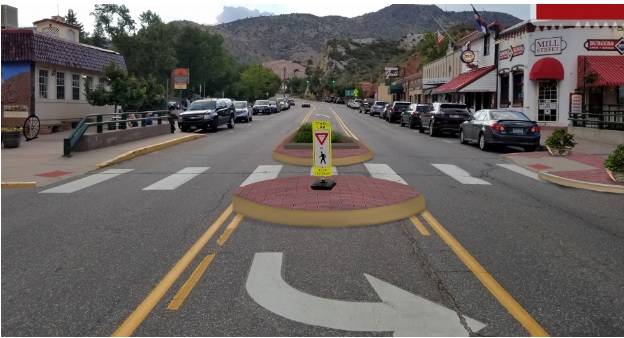
Morrison Safer Main Streets Project Concept Plan Credit Angie Kyle
Transit Fares: The Governor’s budget also proposes $28 million for ozone season transit fares. Reducing or eliminating the fare for riding transit on days with ozone alerts removes one of the barriers for people to leave their cars at home and ride transit. A recent paper by the Victoria Transport Policy Institute suggests that a large fare reduction would be required to attract new riders since they are discretionary.

Authors
Danny Katz
Executive Director, CoPIRG
Danny has been the director of CoPIRG for over a decade. Danny co-authored a groundbreaking report on the state’s transit, walking and biking needs and is a co-author of the annual “State of Recycling” report. He also helped write a 2016 Denver initiative to create a public matching campaign finance program and led the early effort to eliminate predatory payday loans in Colorado. Danny serves on the Colorado Department of Transportation's (CDOT) Efficiency and Accountability Committee, CDOT's Transit and Rail Advisory Committee, RTD's Reimagine Advisory Committee, the Denver Moves Everyone Think Tank, and the I-70 Collaborative Effort. Danny lobbies federal, state and local elected officials on transportation electrification, multimodal transportation, zero waste, consumer protection and public health issues. He appears frequently in local media outlets and is active in a number of coalitions. He resides in Denver with his family, where he enjoys biking and skiing, the neighborhood food scene and raising chickens.
